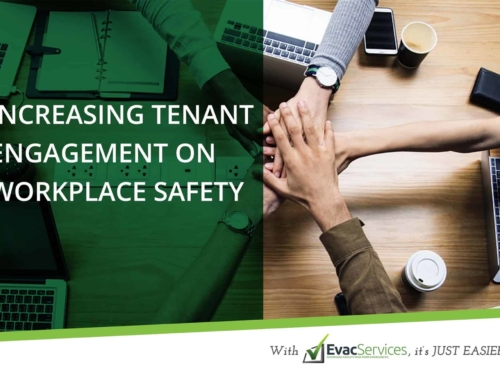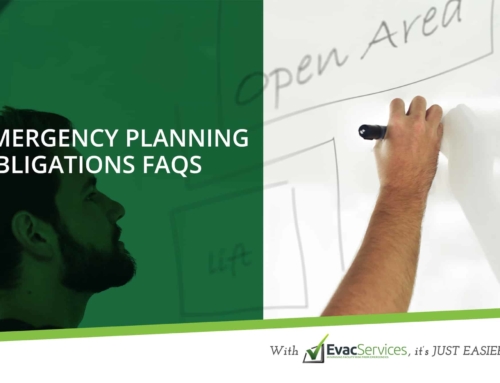Every emergency situation requires immediate response and action. The primary objective, always, is to ensure the safety of human lives that may be affected. Protection against damage to property comes next. How does a group of people confined in the workplace determine which is the best course of action to take?
Generally speaking, the assigned Chief Warden decides on what kind of response will apply and be implemented. Because there are various types of emergencies, it is important that the Chief Warden decides on this matter accordingly, based on how the situation progresses or develops.
Four Types of Response Options
Four available options can be taken during an emergency situation, which is the following:
- Evacuation (partial or full site)
- Lock-down
- Shelter in Place
- No immediate action required
Evacuation
The instinct of many people when they find out that they are in the midst of an emergency is to evacuate. The context in which an evacuation would be best-applied include, but are not limited to, the following:
- Fire
- Powerful failure or blackout
- Hazardous materials spills
- Biological threat
- Air conditioning contamination
- Building Damage
Before the Chief Warden gives an evacuation order, determining that the lives of the people in the building or premises are going to be safer if they are taken out of it should be a certainty first. For example, in the case of an earthquake, while most people would think that getting out of the building is the best thing to do right then and there, the fact of the matter is that it may, in fact, prove to be the more dangerous choice. With the structure unstable and moving, walls and beams may collapse, the debris of which can lead to entrapment or injury. This is why while the tremors are ongoing, occupants are advised to duck for cover instead and wait for the clearance before they proceed to file out in an evacuation.
However, if the emergency happens to entail a massive fire, then obviously, immediate evacuation would have to be necessary. Protocol dictates that those nearest the affected area must be evacuated first. The occupants are then to follow the evacuation plan, which is to take the nearest fire exits and head straight to the nearest and safest assembly point. From there, a headcount will be made to account for everyone in the building.
Lock-down
As opposed to an evacuation, wherein occupants are brought out of the building; a lockdown keeps them inside. This is under the presumption that a bigger threat awaits them outside their present location. This is usually the action taken during civil disturbances or in the event of structural damage.
Depending on the building’s design and security system, a lockdown may be communicated through the alarm system, and initiated through electronic doors shutting the place down. Wardens may also manually lock the entrance and exit points to prevent anyone from entering or leaving the area.
Shelter in Place
Like the Lockdown, Shelter in Place keeps the occupants inside the premises. The major difference is that they are not necessarily locked in. This option is a bit friendlier than the others, in the sense that there is no immediate threat to the occupants or the structure per se. The manner by which this response is communicated can also take on any form appropriate.
Situations that would require a Shelter in Place would include:
- Fire in adjacent property
- Flood
- Hazardous spill in adjacent property
No Immediate Action Required
In other words, the people are called on to stand by and wait for further instructions. Response to the emergency situation is put on hold, pending significant progress or development. Just because there is no immediate threat, however, it doesn’t mean that they could afford to be lax.
The wardens and the rest of the ECO team can, in the meantime, apprise the staff of the situation so far, and what are the possible actions that they will have to take. It is also important for the Chief Warden to keep in close contact and coordination with emergency services.
With these options available, there should be more leeway for the ECO team and the general occupants to respond to the situation accordingly, whatever its context may be. At the end of the day, it will have to rely on the call of the Chief Warden, based on the assessment of the scenario. Hopefully, the Chief Warden will be able to make the proper call and lead everyone to safety.
EvacServices offers a comprehensive Emergency Response Training programme, or more information contacts us by filling out the form bel0w.




Leave A Comment